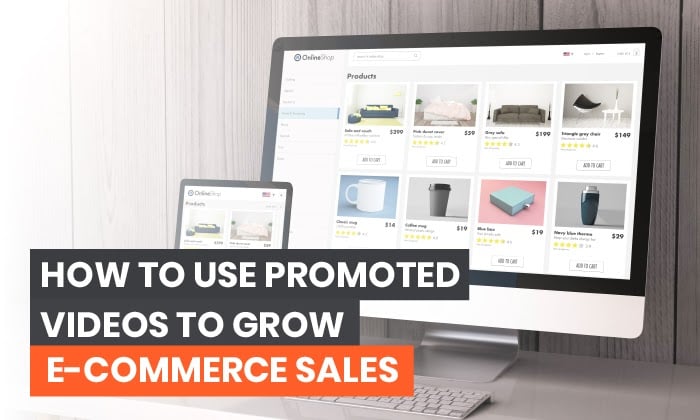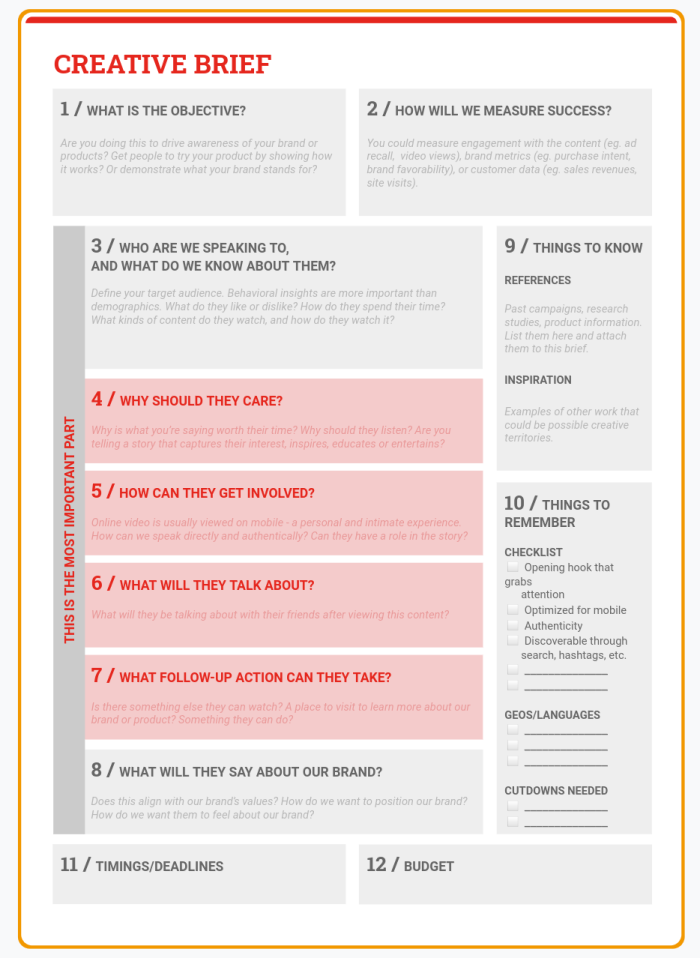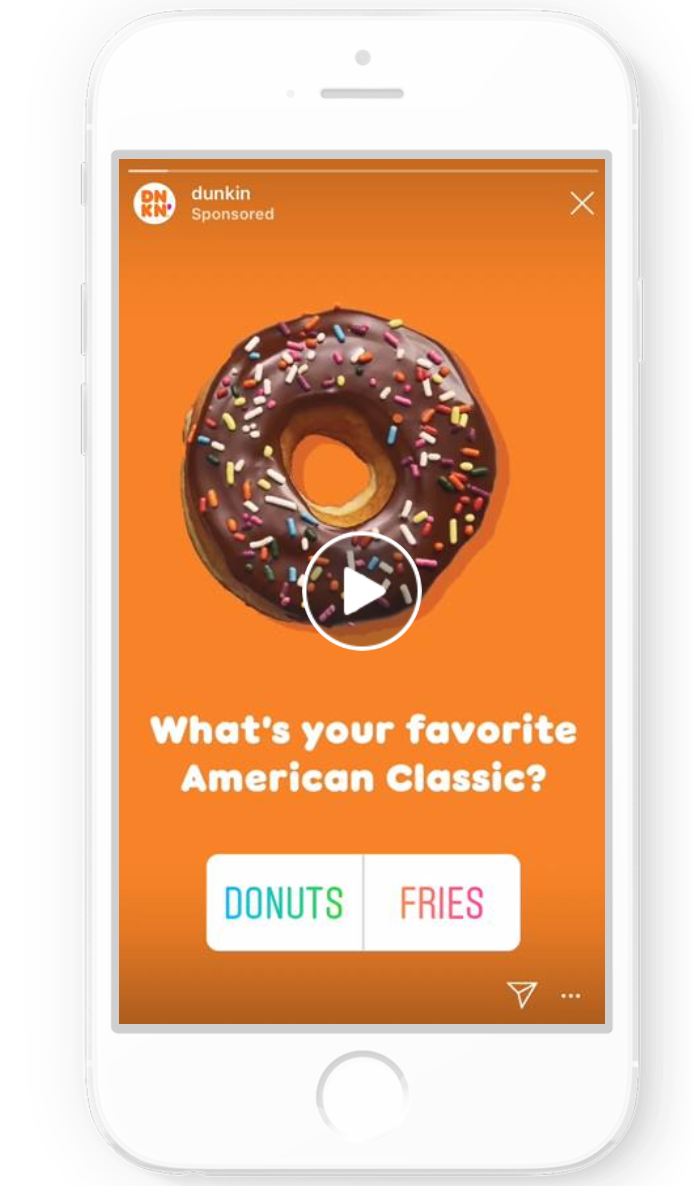How to Use Promoted Videos to Generate More E-commerce Sales
- October 14, 2020
- Uncategorized

Organic and promoted videos serve multiple purposes for consumers in their increasingly multi-channel B2C journey.
More than half of the participants said they switched between search and video channels (Google and YouTube) to make an informed decision about a purchase in a YouTube study.
But it’s not just YouTube—Instagram’s video content consumption has shot up by 80%, and Facebook users consume one million hours of video content every day.
All these platforms—along with most other social media sites—are ones consumers go to regularly. So as online sellers, these should become your go-to places for running promoted video content. In one study, US online shoppers said they expect to see at least three videos connected to each product when making an online purchase.
But how do you use promoted videos from paid campaigns that translate to tangible results for your e-commerce store?
Create Your Promoted Video E-Commerce Goals
Goals of promoted videos for e-commerce businesses mostly come down to these three:
- Increasing brand awareness: -This essentially means if you make and sell, say, scarves, people looking to buy scarves know about you. Promoted videos are a great tool for building brand awareness as people are increasingly discovering new products through videos. In a YouTube survey, more than 90% of shoppers said they’d found new products and brands on the platform.
- Boosting consideration: You want to know if people looking for scarves and checking you out are actually considering buying from you. When done right, promoted videos can push your “aware” audience base to the consideration stage. More than 50% of shoppers say online videos have “helped them decide which specific brand or product to buy.”
- Generating more sales: YouTube’s “which product to buy” video watch time doubles each year. Promoted videos can give shoppers the push they need to choose your product.
Translate Your Promoted Video Goals Into KPIs
Take your goals for promoted videos and choose KPIs that reflect them.
Bigger e-commerce brands often use KPIs like ad recall, message association, and purchase intent, among others.
However, if you’re just starting out or are in your early stages of growth, these KPIs won’t make so much sense for you. Instead, you should map your goals to the more “real” KPIs, like upper funnel metrics like views and impressions, middle funnel metrics like watch time and view-throughs, and bottom-funnel metrics like click-throughs, signups, and sales. (Here’s a primer on e-commerce attribution modeling that can help you with this.)
Analytics in most video platforms will report on the general performance of your promoted videos, including:
- Views
- Watch time
- Clicks
- CTR
- Engagements
- Unique viewers
- Viewership
Different video platforms have different ways of calculating these metrics. For instance, watch time of three-seconds counts as a view on Instagram (where video content maxes out at 60 seconds), whereas for YouTube, a view happens when someone watches the video content for at least 30 seconds.
Tap Into Your Users’ Moments of Need
Now that you’ve taken care of the “business side” of using promoted videos for your e-commerce business, it’s time to look into the “people side.”
One way to go about this is to tap into the idea of “moments of need” that drive video search and consumption. These are the things consumers want at this exact second.
The four key micro-moments of needs you must factor in when planning video content for paid promotions are:
- I-want-to-watch
- I-want-to-do
- I-want-to-know
- I-want-to-buy
These micro-moments represent opportunities for engagement, and videos fit seamlessly into them.
For example, if you sell skincare products, you could run a sponsored video on YouTube that targets users in your target market who also Googled “skincare products,” capitalizing on an I-want-to-buy moment. Google’s research has found advertisers who use YouTube video ads and Google search ads report 3% higher conversion rates and a 4% lower search cost/acquisition.
Or you could target broader audience segments and educate them about their top relevant concerns (ingredients, benefits, etc.). This is geared toward the I-want-to-know moments.
When you brainstorm ideas for videos using moments of need, don’t only think in terms of pitching your products. Some of these moments aren’t moments of buying but opportunities to connect with your users via meaningful video content.
The idea is to meet your users with relevant video content wherever they are in their buying journey with you—unaware, considering, or ready-to-buy.
Identify What Drives Your Users to Different Video Platforms
Each video platform has a unique video consumption pattern driven by the viewers’ intents.
For example, Pinterest users appear to have an appetite for “inspirational” video content, with searches for this content increasing 31 percent. “Inspirational,” in this context, means things like how-to guides and backstories of companies and products, making this platform great for “I-want-to-know” and “I-want-to-do” moments.
For YouTube, on the other hand, the top four content categories are comedy, music, entertainment/pop culture, and “how to.” And, 68% of their users take this information and make purchase decisions—so, you can find all sorts of opportunities to use “moments” on this site to make your sales.
It’s also worth exploring how a user engages with the platform you’re using to promote your videos. Pinterest, for instance, serves as a wishlist for many users, as people save images and videos from all over to their personal pages. Meanwhile, a customer who uses YouTube may watch videos to learn how to use a product they want.
Instagrammers’ “moments” can fall into any category, but they want to use the information right now. When you create videos for Instagram, they need to be fast, informative, and provide easy purchasing information.
Before you pick a platform, dig into its demographics and research data. This information can help you set expectations for your promoted videos.
Optimize Your Video Content For Paid Campaigns
When it comes to creating video content you’ll pay to promote, the only rules are the ones mandated by the video platforms. These rules are about the formats supported and the approval policies, plus a few best practices.
Content-wise, there’s no one right way to do video. You need to know your company, your audience, and what works for similar brands.
For one brand, simply using stock photos, text, and music could do the trick.
Another brand might do better if they use video showing a product in action.
While there’s no one single way to create videos that work, some video types more consistently deliver results when promoted:
- Product explainer videos: Sometimes simple product explainer videos—videos showing products in action—work as excellent content for promoting.
- Storytelling/Sneak peeks/Behind-the-scenes videos: For some platforms, like Instagram, video content that tells a story, gives viewers a preview of new products, or shows them how things were created or who the workers are can generate great ROI.
- How-tos: How-to videos directly address the “i-want-to-do” moments and often offer opportunities for showing products in action.
- Unboxing and haul videos: Depending on your product(s), unboxing, or haul videos, too, can work well in paid campaigns. These are videos showing customers opening their new purchases and talking about their initial responses to the items.
- Shop with me: In a two-year period, the watch time for “shop with me” videos increased tenfold on mobile alone, making this yet another video content type that can work well when promoted. These are videos where influencers literally share their shopping experiences with viewers.
- Videos answering the “W” questions: Video consumers often have “W” questions— “what to buy?” “where to buy,” and “when to buy?” This may also include, “who should I buy this for?” Depending on your paid video campaigns’ goals, these questions can make good jumping-off points for promoted videos.
The above ideas for promoted video content may often overlap with the video content you’d produce for typical partnerships—but not always. It’s common for brands to create content specifically for partnerships and use it in addition to their other ads.
Alongside these promoted ads and partnerships, UGC (user-generated content) and testimonials can act as good ideas for promoted video content.
No matter what video type you choose, you need a video creative brief to prepare for your campaign. Below, Nic Burrows from Google shares a simple yet effective creative brief you can use to create compelling videos.
His template forces you to think about and research every aspect involved with creating useful, action-inspiring videos:

You can download your copy here (no opt-in needed).
To learn how to make your video content pop, Ben Jones and his team from Google review 1,000 video ad creatives each month and share how brands can improve. Check it out here:
Experiment With Your Promoted Videos
Like your other marketing assets, experiment with your promoted videos to know which ones drive the most revenue.
You can test pretty much everything, from your video’s length and opening sequence to the background music and interactive elements.
You’ll be surprised to realize significant savings with even simple experiments, so don’t shy away from trying all sorts of different things.
For example, when the coffee and bakery brand Dunkin’ experimented by creating an Instagram video ad with poll stickers and another version without them. By comparing these two concepts, they discovered a 20% lower cost per video view for those with stickers.

Avoid testing too many ideas in a single experiment because you likely won’t be able to tell why the winning version succeeded.
Document your findings to save on the next campaign. Additionally, your discoveries can fuel your follow-up experiments.
Analyze and Improve Your Promoted Videos
As with any other marketing channel, you may improve your ROI with your store’s promoted videos if you analyze their performance.
Just remember to look a little deeper than the top-of-the-funnel metrics like views and shares to uncover the “real” performance. No matter how impressive those numbers may be, they don’t necessarily translate to sales and profits.
So keep an eye on your sales volumes and value.
Also, when you use promoted videos on Facebook, Instagram, or YouTube, you can get instant feedback from your users via their comments, likes, dislikes, and shares.
Listen to the feedback they give and use any insights to optimize your videos.
Conclusion
When trying promoted videos for generating more sales, you should try a variety of platforms one by one.
That way, you’ll be able to identify which platforms produce the best ROI for your promoted video campaigns without needing to invest in complex attribution modeling.
Also, don’t think you need the most high-definition production equipment or the best creative agencies to produce the video content for promoting your products. Audiences crave for authentic content the most—so focus on that.
Remember, you’re competing against your own benchmarks, as there are no industry standards here.
Dive in, try different things, listen to your viewers, and—perhaps—have a little fun along the way.
Have you tried promoting videos on Facebook, Instagram, Pinterest, or any other platforms? Share your experience in the comments!
The post How to Use Promoted Videos to Generate More E-commerce Sales appeared first on Neil Patel.
About us and this blog
We are a digital marketing company with a focus on helping our customers achieve great results across several key areas.
Request a free quote
We offer professional SEO services that help websites increase their organic search score drastically in order to compete for the highest rankings even when it comes to highly competitive keywords.
Subscribe to our newsletter!
More from our blog
See all postsRecent Posts
- Web Hosting September 26, 2023
- Affiliate Management September 26, 2023
- Online Presence Analysis September 26, 2023

